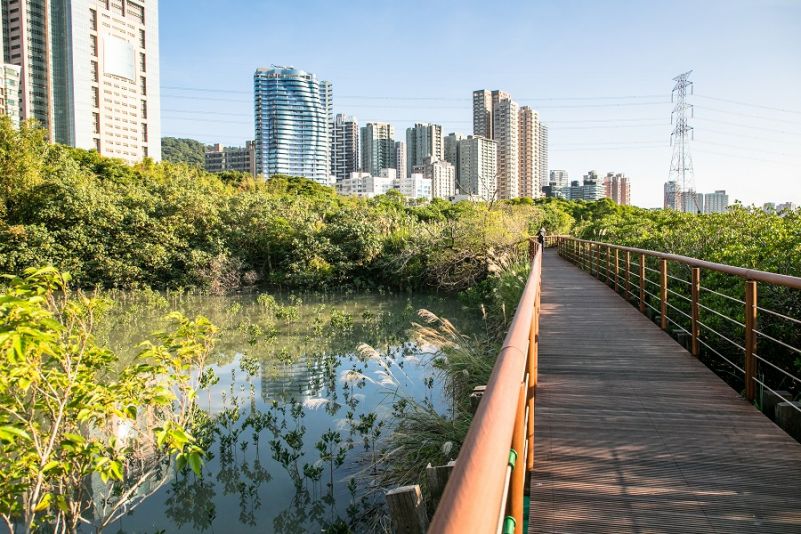FIDP seeks to strengthen Taiwan’s water security
2021/03/29
The Forward-looking Infrastructure Development Program, the government’s comprehensive initiative aimed at addressing the country’s infrastructure needs for the next three decades, is putting aquatic environments front and center in national development plans with the goal of preventing floods, securing water supplies and enhancing public access to waterways.
Yu Gwo-hsing, dean of the New Taipei City-based nongovernmental organization Taiwan Research Institute on Water Resources and Agriculture, said the FIDP represents a progressive move to guarantee a sustainable water supply for generations to come.
He cited an under-construction artificial lake in Caotun Township of central Taiwan’s Nantou County as an example of building smaller, decentralized water storage facilities in contrast to a few larger reservoirs.
According to Yu, only 18 percent of Taiwan’s annual rainfall totaling around 2,500 millimeters is currently captured for use. “We must address how to better retain water over the course of the year and distribute it equitably around the country,” he said. Global warming is also raising concerns, as seven of the nation’s 10 most serious droughts over the past six decades have occurred in the last 20 years, Yu added.
Determined to learn lessons from the recurring droughts, the government is taking an active approach to resolving the underlying factors, Yu said. He noted instructions from Premier Su Tseng-chang, who recently made an inspection tour to Shihmen Reservoir in the northern city of Taoyuan and emphasized making water security a key part of national development efforts.
Government plans involve promoting what Yu terms a “water-led society” across Taiwan in both rural and urban settings. One example of this can be seen at Taipei City’s Daan Forest Park, where eco-friendly construction methods such as water-absorbing pavements are utilized as part of a so-called sponge city policy.
“Previously, water would just run off into drainage ditches, but now it’s retained in the soil, which helps stabilize local ecosystems,” Yu said.
Thanks to the FIDP’s aquatic environment initiatives, the country is better prepared to tackle the challenges to Taiwan’s water supply presented by a changing climate and population demographics. Despite the occurrence of more extreme weather events, Yu is optimistic about the future. “We have a clear, farsighted vision for water-related policymaking—that’s the key.”
Source: Taiwan Today (https://taiwantoday.tw/index.php)












